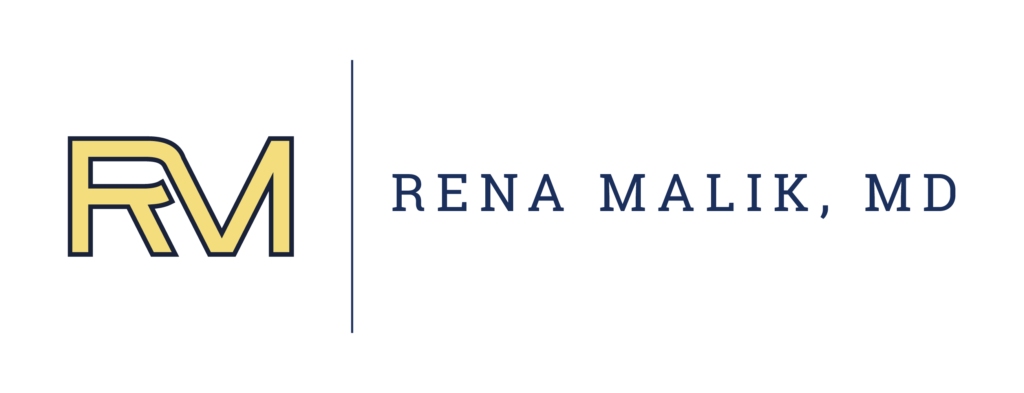When it comes to the penis, many men may wonder if their shape and size is normal. One common concern is whether or not a curve in their penis is normal. In this post, we will explore what is considered normal in terms of penile curvature and what factors may influence it.
What is Penile Curvature?
Penile curvature is when the penis curves to one side or another. This can occur when the ligaments and tissues that support the penis are not of equal length, causing the penis to bend in one direction or another. It is important to note that some degree of curvature is normal in most men. However, excessive curvature or changes in the angle of the penis could indicate underlying medical conditions that require treatment.
What is Considered a Normal Curve?
According to a 1997 study, about half of all erections in both groups have a curve of between 30-60 degrees or 60-90 degrees, with 24% of the surveyed sample and 9% of the photo sample having an angle of 85-90 degrees, which is considered normal in most cases. This means that having some degree of curvature is normal and not a cause for concern as long as intercourse is pleasurable and normal.
What Causes Penile Curvature?
Penile curvature can be the result of both congenital and acquired factors. Congenital factors include conditions that develop during fetal development. Fibrous tissue known as plaque may form in the penis, which causes bending or curving and is known as Peyronie’s disease. Other congenital factors may involve genetics or hormonal imbalances.
Acquired factors tend to present themselves later in life and can include injury to the penis or an underlying medical condition. Injuries such as frictions during sexuality, cycling or horseback riding can cause tissue damage to the penis resulting in curvature. Medical conditions that may contribute to penile curvature include Peyronie’s disease, multiple sclerosis, and prostate cancer.
Diagnosing Penile Curvature
The diagnosis of penile curvature typically involves a physical examination of the penis to evaluate its shape and measurements. Magnetic resonance imaging and ultrasound can also assist in revealing any underlying tissue damage. Blood tests might be conducted regularly to confirm if hormonal issues are the underlying cause. Early diagnosis can be critical in preventing long-term complications such as sexual dysfunction, decreased sensation, and pain.
Treatment of Penile Curvature
Treatment of penile curvature generally depends on the severity of curvature and underlying causes. If curvature causes significant discomfort or changes the shape of the penis, then Peyronie’s disease may be of concern, and a visit to a urologist is recommended. Treatment of Peyronie’s disease can include surgery to remove the plaque in severe cases of curvature. The best surgical method for straightening the penis is called Nesbit plication, which involves removing tissue from the longer side of the penis to compensate for the shorter side.
In severe cases, penile implants may be necessary to straighten and lengthen the penis. These are typically recommended as the last step after having tried other options, such as injections, pumps, and vacuum devices, or if alternative treatments have been deemed unsatisfactory.
Non-surgical treatments may include the use of traction devices which assist in stretching the penis to aid in straightening. Physical therapy, penile injection therapy, and medication are potential treatments as well.
Conclusion
Penile curvature is a common concern for men who may wonder what shape is normal and what may indicate an underlying problem. While some degree of curvature is considered normal in most cases, excessive curvature or changes in the angle of the penis could indicate underlying medical conditions that require evaluation. Treatment options depend on the severity of the curvature. Seeing a urologist is recommended to evaluate and recommend the best course of action for each individual case. Ultimately, maintaining good genital hygiene and regular check-ups with a urologist can prevent and treat any concerns surrounding penile curvature.



